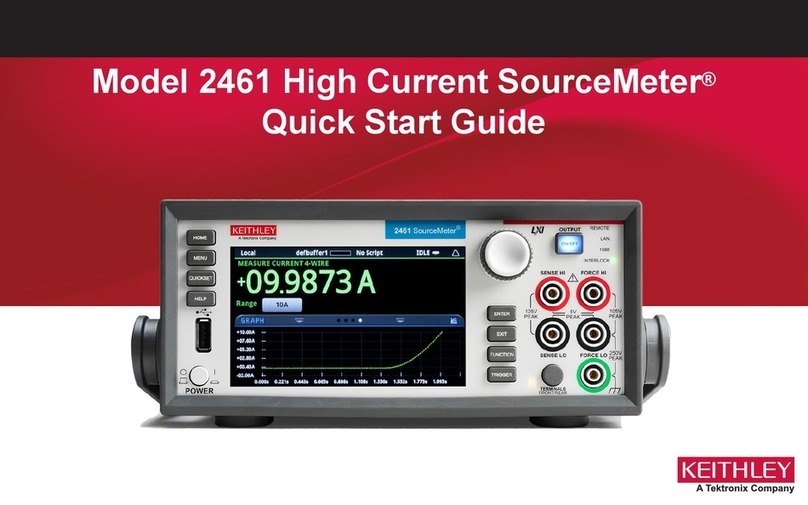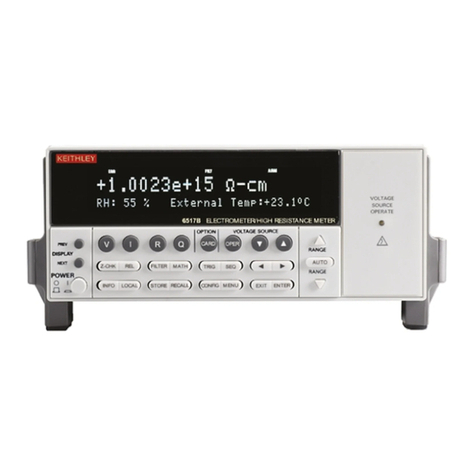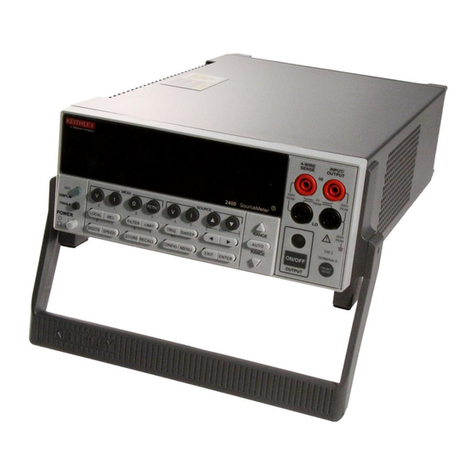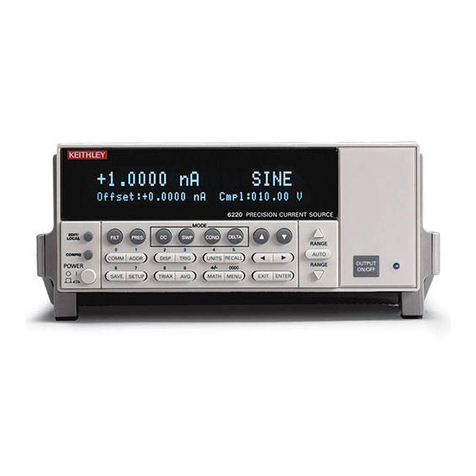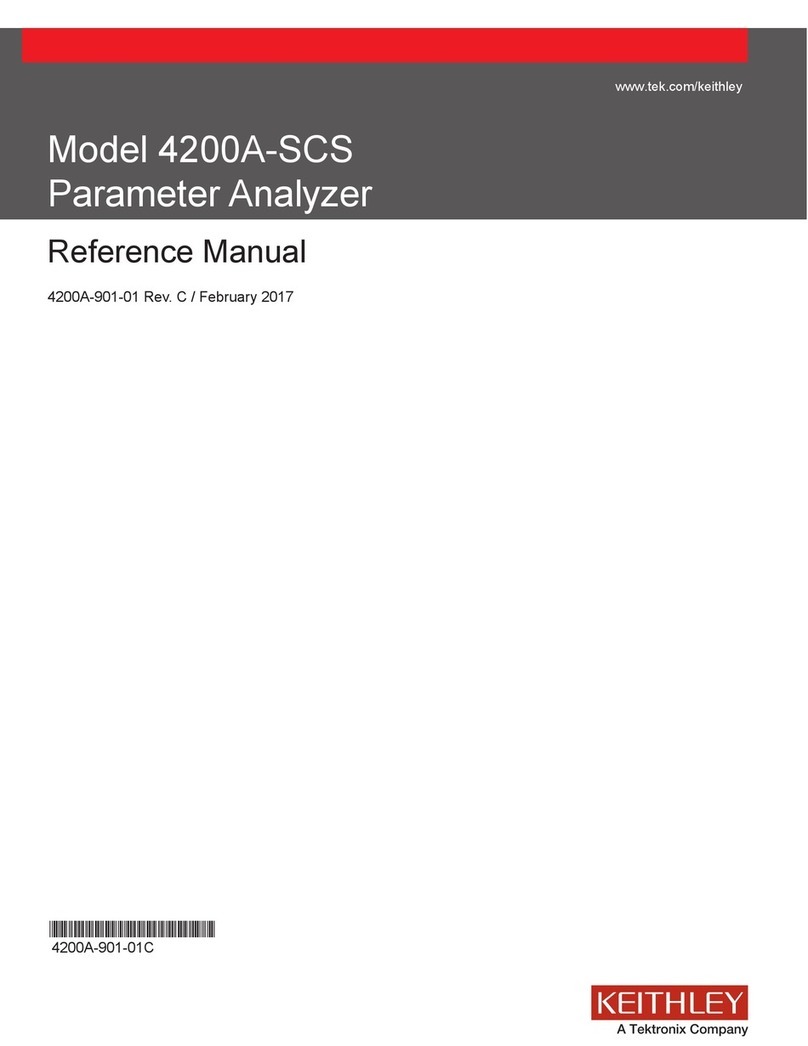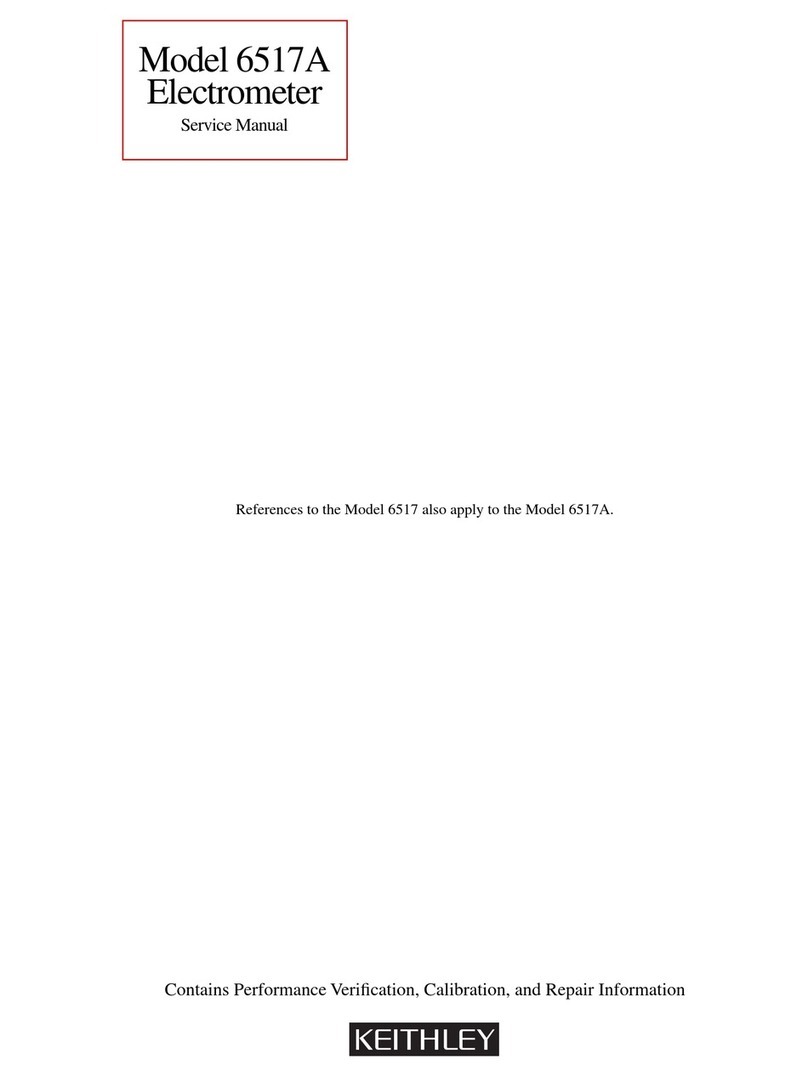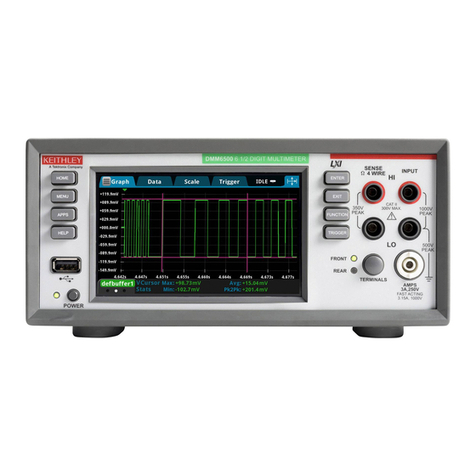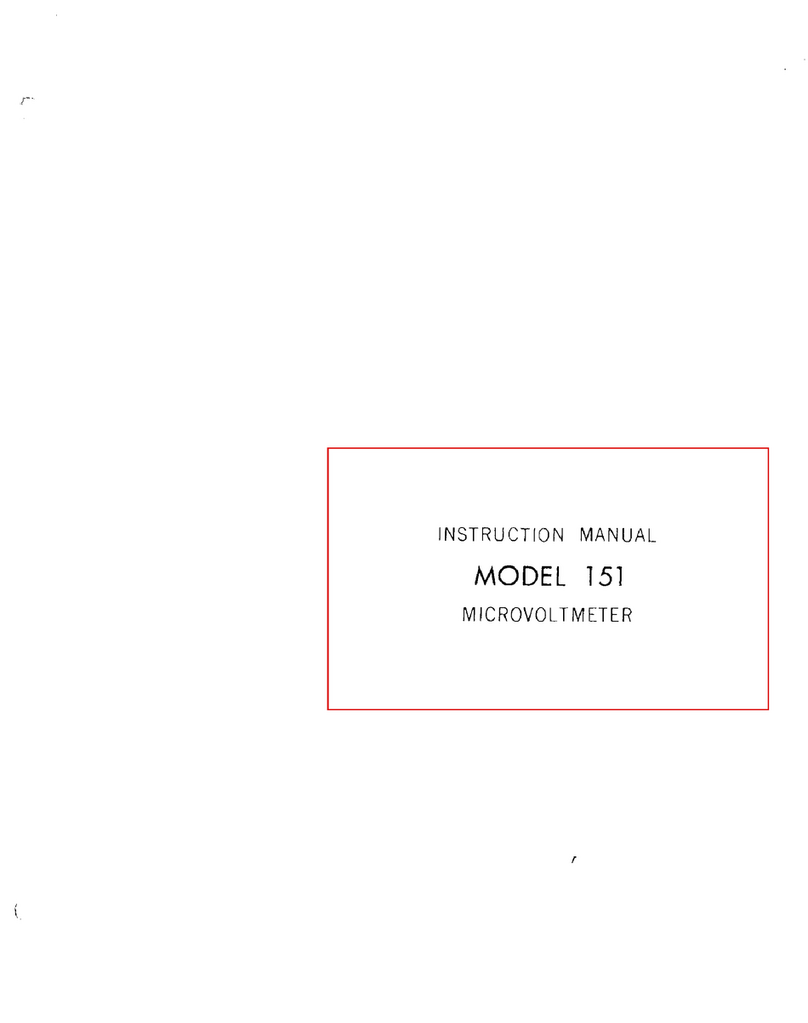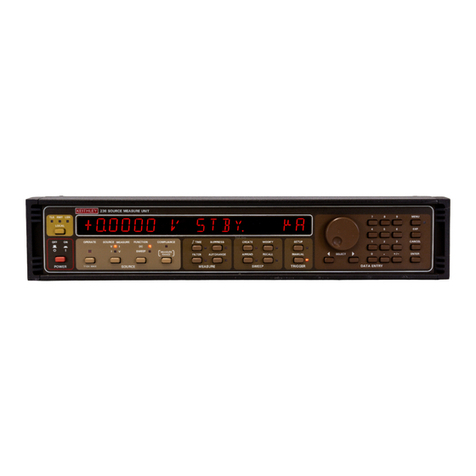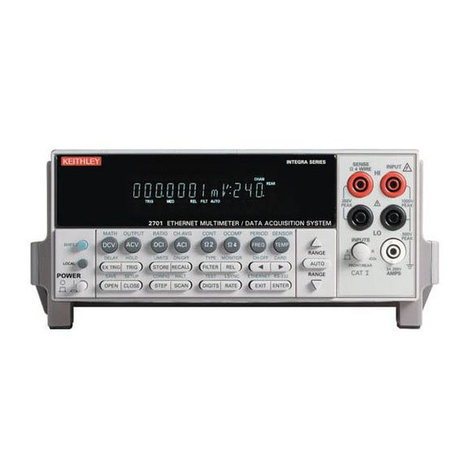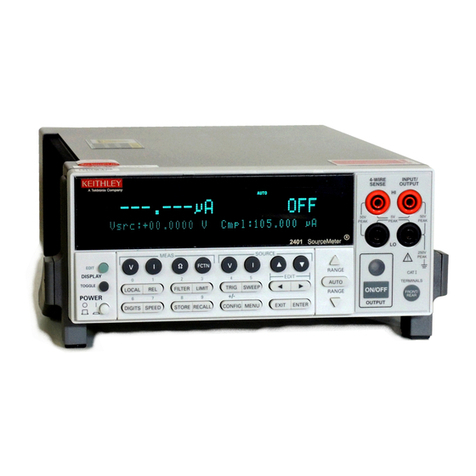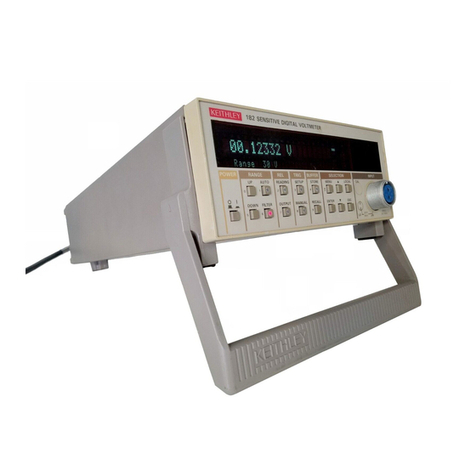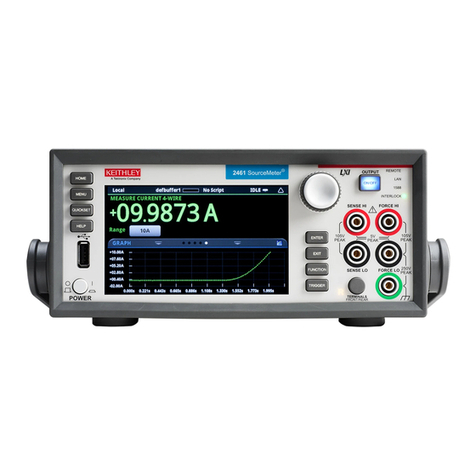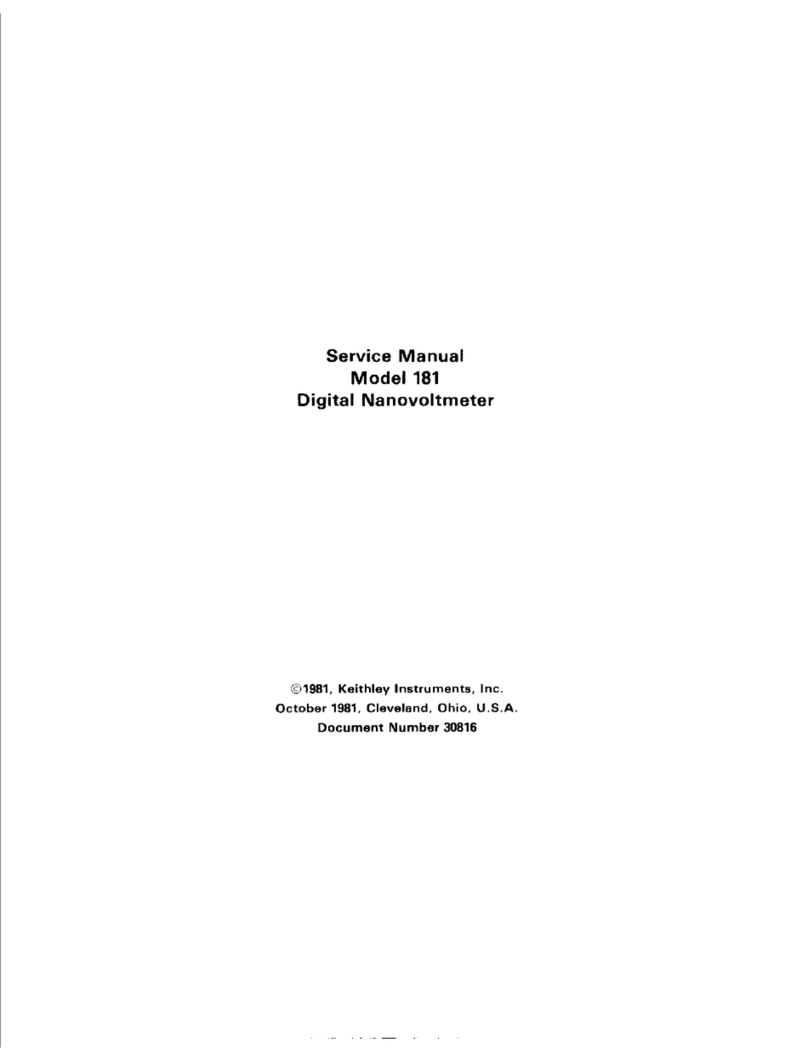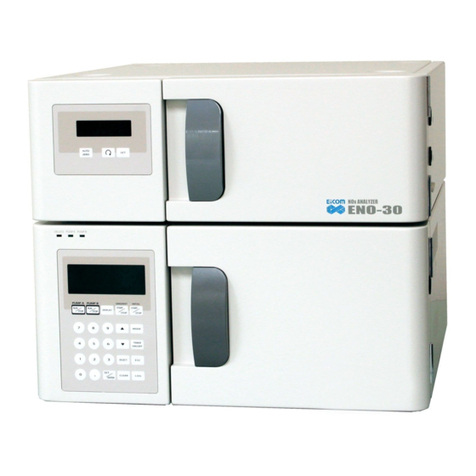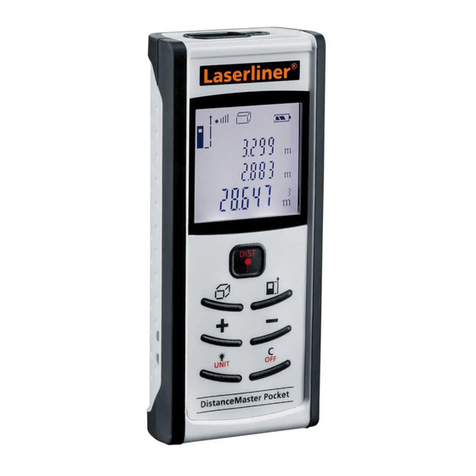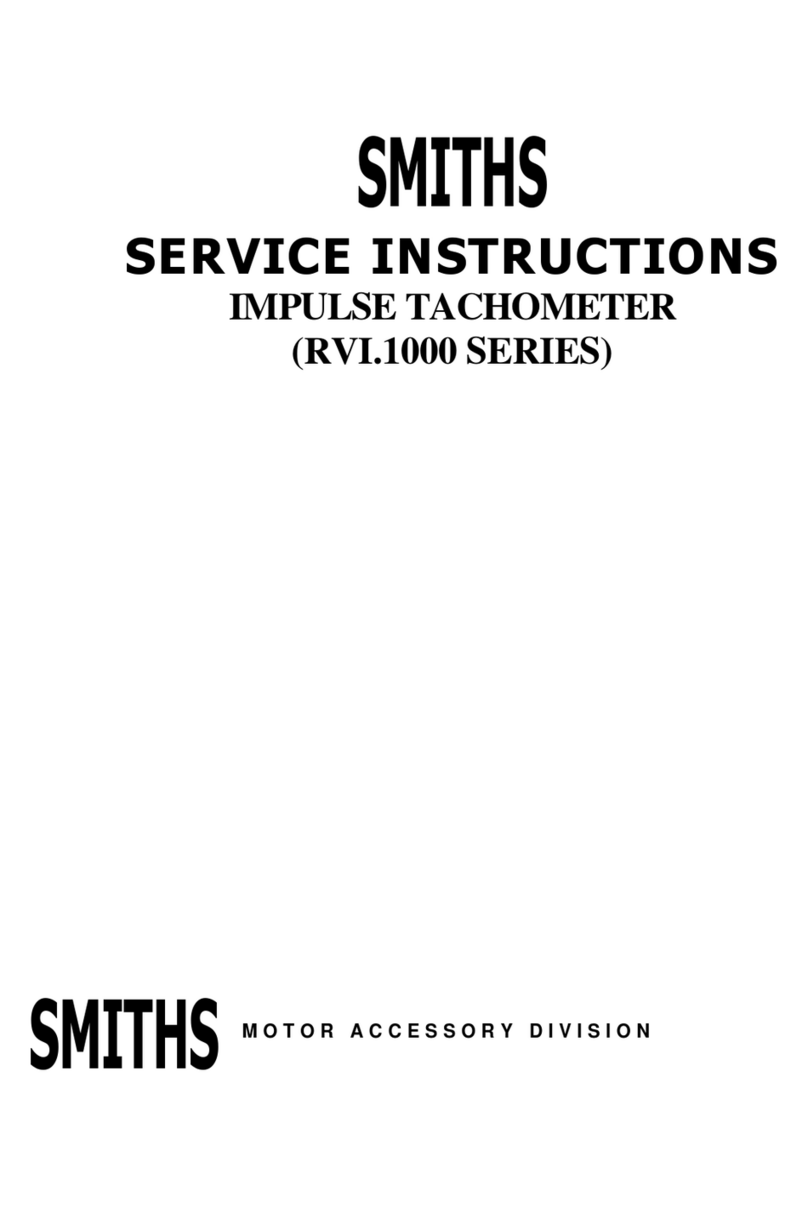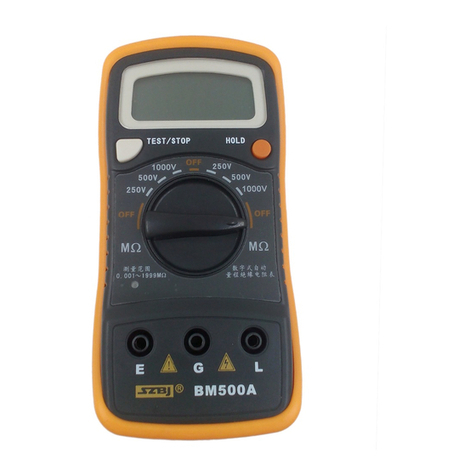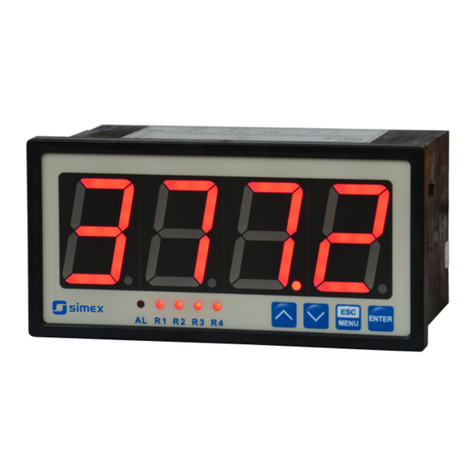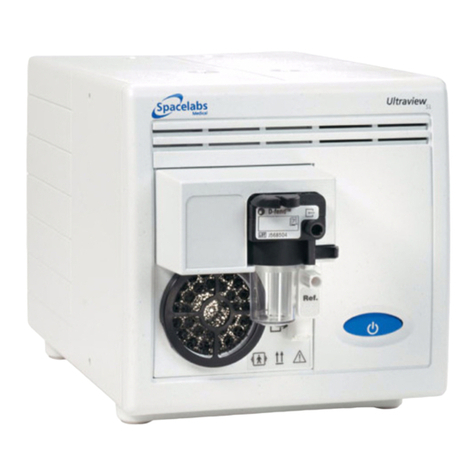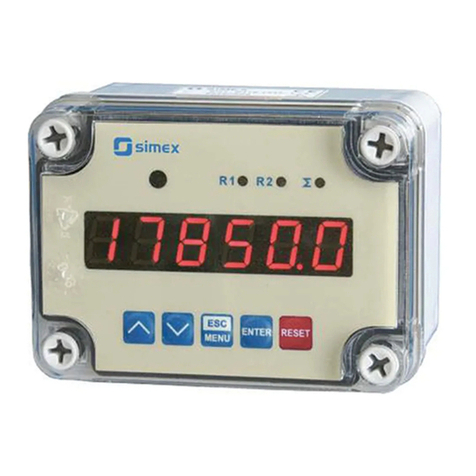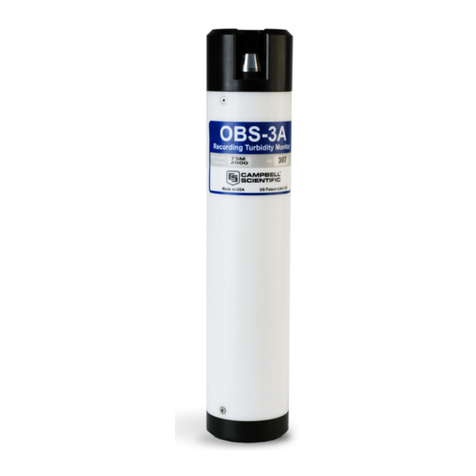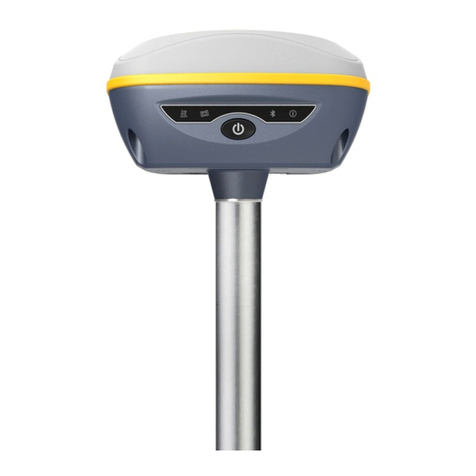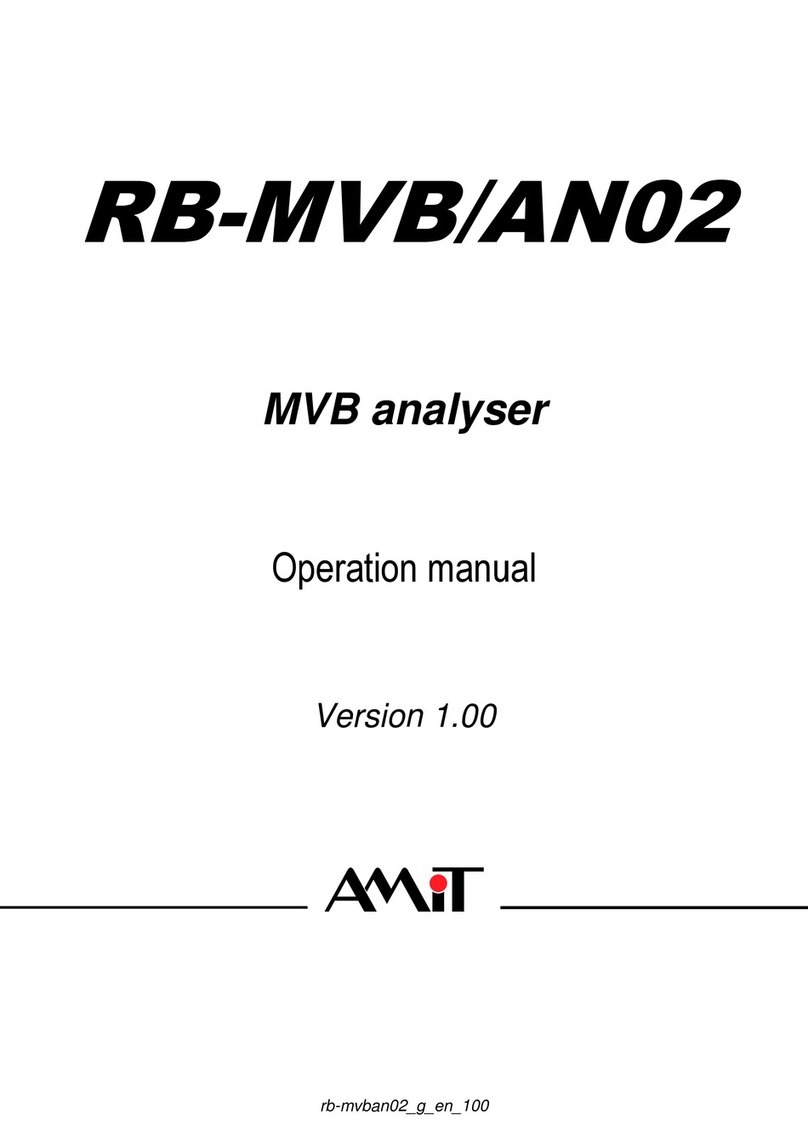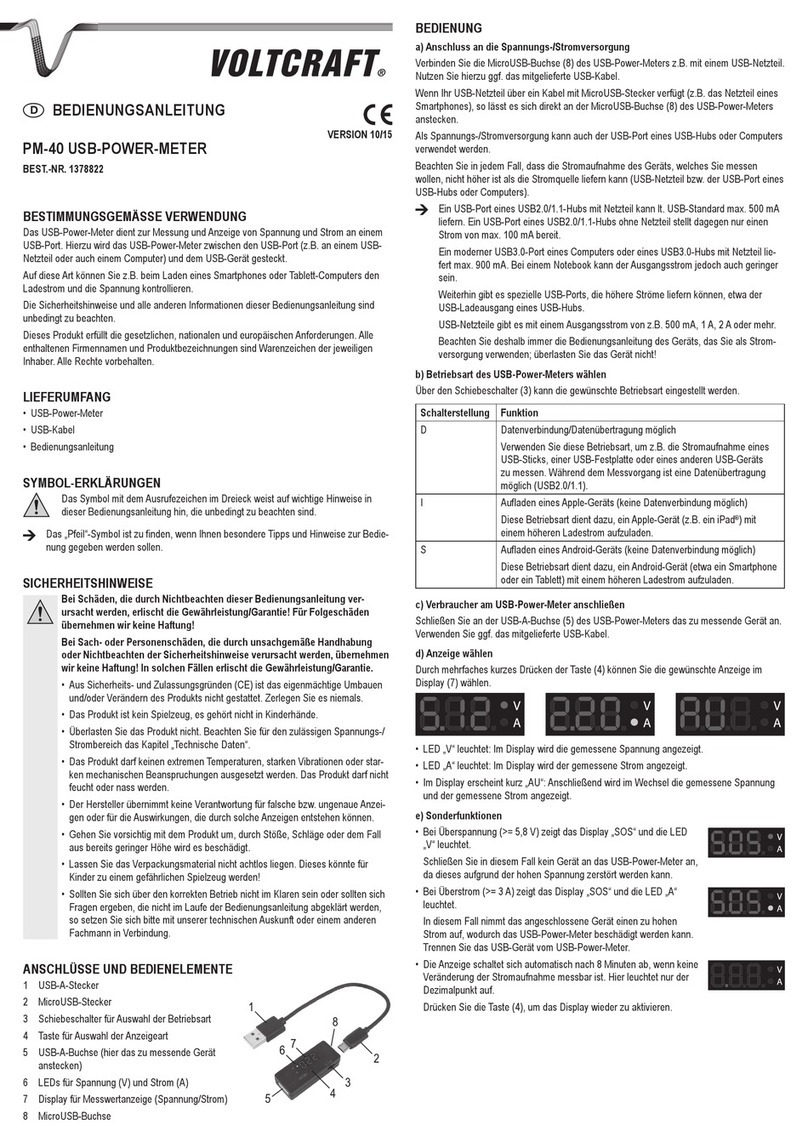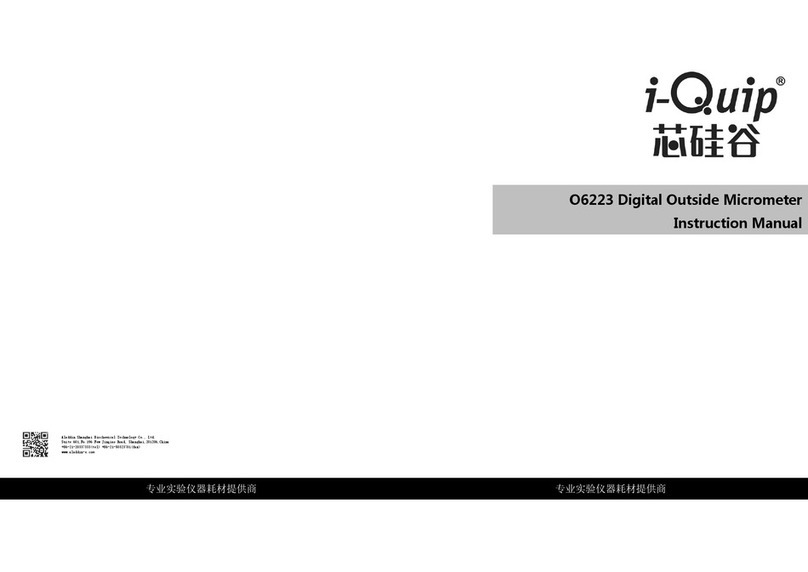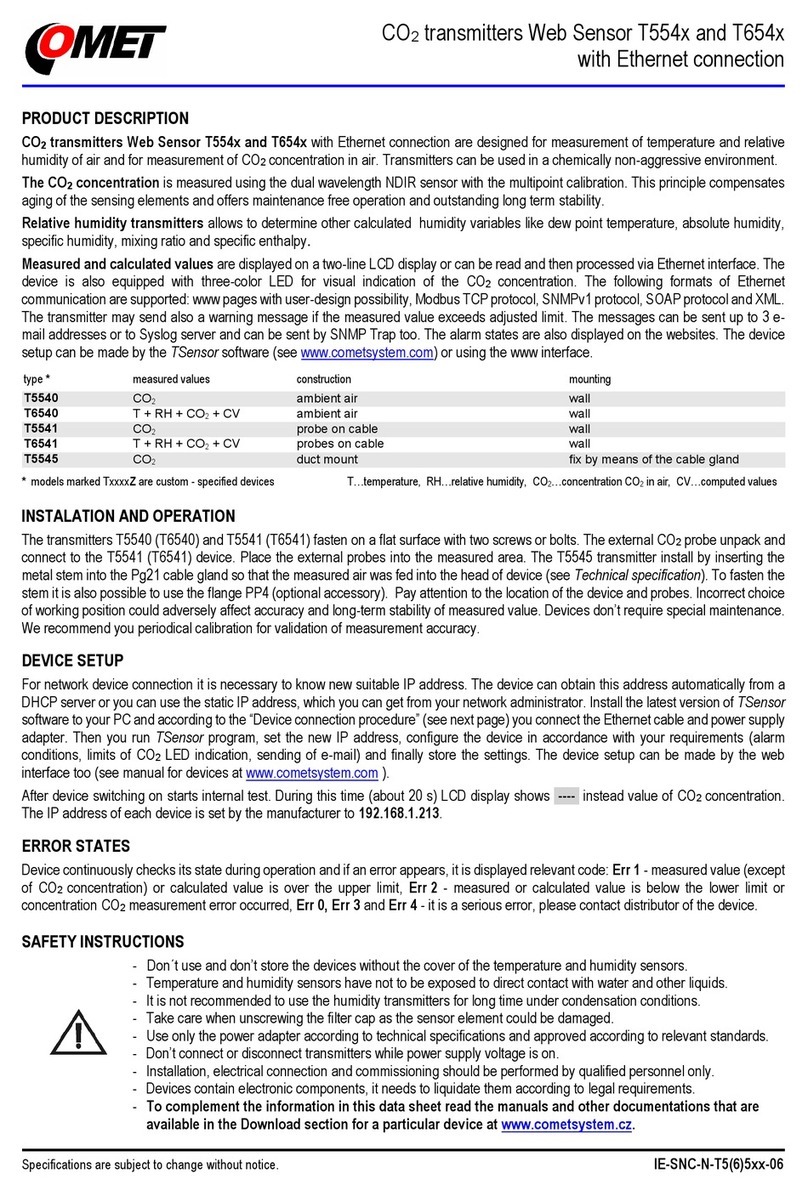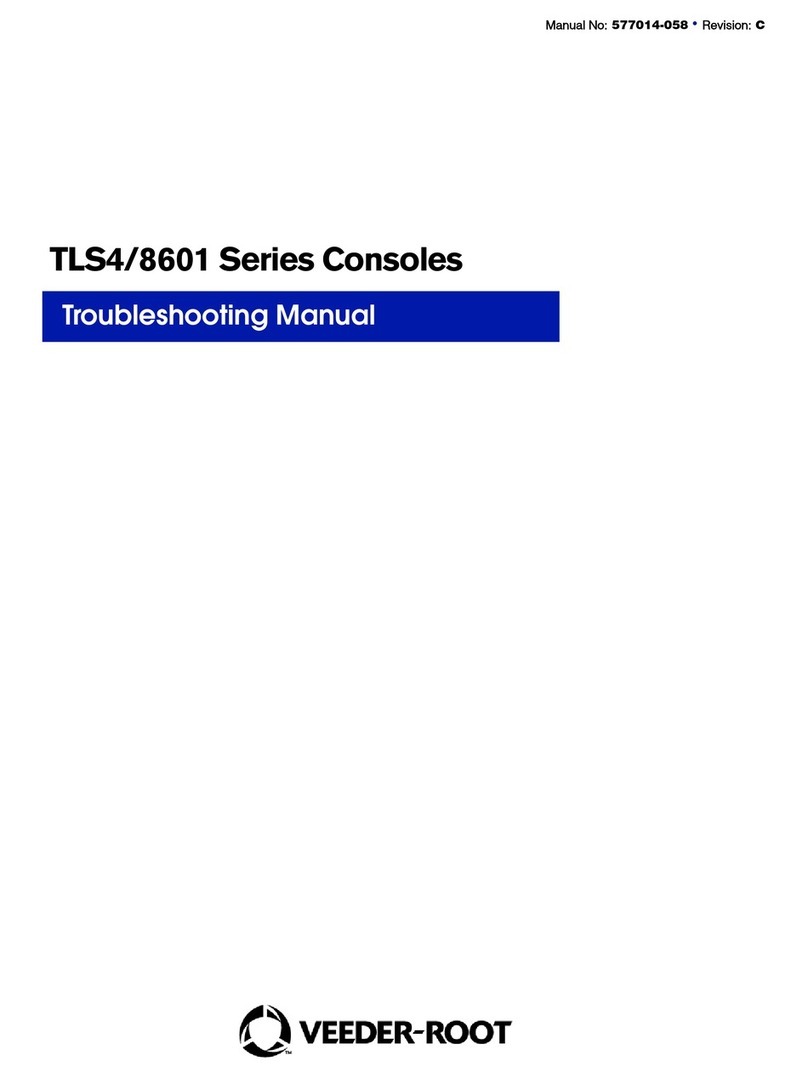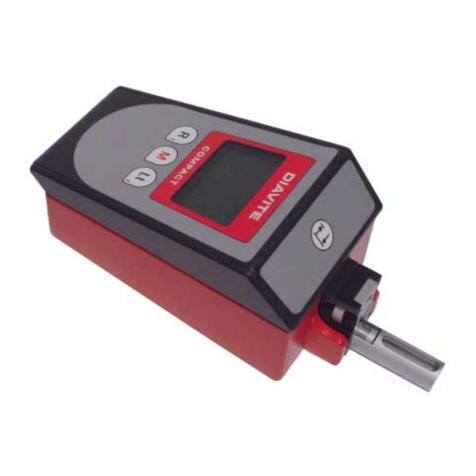
shorted, measure the plate potential of Vl with a high impe-
dance VTVM (100 megs or better). This voltage should be
setable by means of the ZEROcontrol to 8 volts. If it is
not, either the electrometer tube is defective or the poten-
tial on the filament or screen is incorrect. We have already
measured the potential on lead 3 of Vl and found it correct.
Now measure the potential on lead L. This should be 2.2 volts.
If it is not check the value of R122, Rl23, R12h, R208 and
R2Ol4. Any of these could cause an incorrect voltage. The
screen voltage on lead 2 is derived from Rl& in the above
resistor string. It should be possible to vary the :screen
voltage from approximately 5.h to 10 volts. If this cannot
be done, but the voltages are correct, R12)1 is defective or
there is a short circuit to some other part of the printed
board or harness. Finally remove V2 from its socket. If it
is now possible to obtain the correct potential on the plate
of Vl, V2 is defective.
If it was possible to adjust the electrometer plate to 8 volts,
VI and its associated components are not at fault and it is
necessary to proceed to V2, the 6DH8. Check the voltage at
pin 2 of V2. This should be the same electrical point as
lead 1 of Vl and by moving the zero control it should be pos-
sible to vary the potential at V2 precisely as on lead 1 of
vl. If this is not possible, check for an open tape on the
printed circuit board from Vl to V2. If everything checks to
this point, measure the voltage on pin 9 of V2. The voltage
should pass through 38 volts by varying the ZEROcontrol. If
this does not occur, check the other potentials on V2; if
these are not correct look for a defective resistor or an
open connection on the board. Finally check for a defective
v2.
If no fault has shown up so far, proceed as follows: Check
the potential at pin 3, V3, this should be setable with ZERO
to about -8.3~. Tf this is not the case, check to see that
GLl, the NE 81 is lit. Then remove V3 from the socket and
check to see if now the correct potential can be obtained at
pin 3, V3 or the lamp lights. If the potential can now be
obtained with the zero control and the lamp lights, V3 may be
defective or there may be a short to ground or R- from the
cathode of V3. If the lamp does not now light, check R129
and if found good replace GL 1 with a new NE 81. If NE 81's
are not available, most NE 2's will work in the circuit.
If the circuit did operate to this point, check V3 as suggest-
ed above. Then, if necessary, check for continuity of R130
the cathod load resistor and check to see that the potential
at the bottom end of R129 is about -50 vol,ts. Finally, check
the potentials on the other elec.trodes of V3. If now it is
possible to swing the output signal through zero volts with
the ZEROcontrol, the instrument should operate properly with
the short to the input removed. If now this still is not
v-2





















